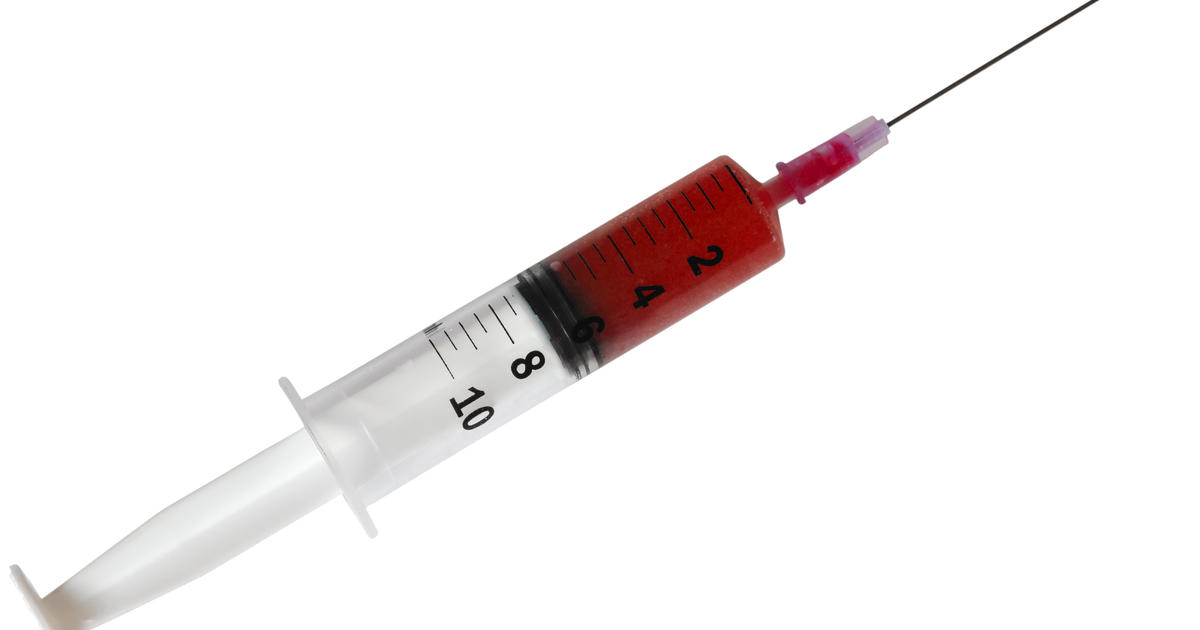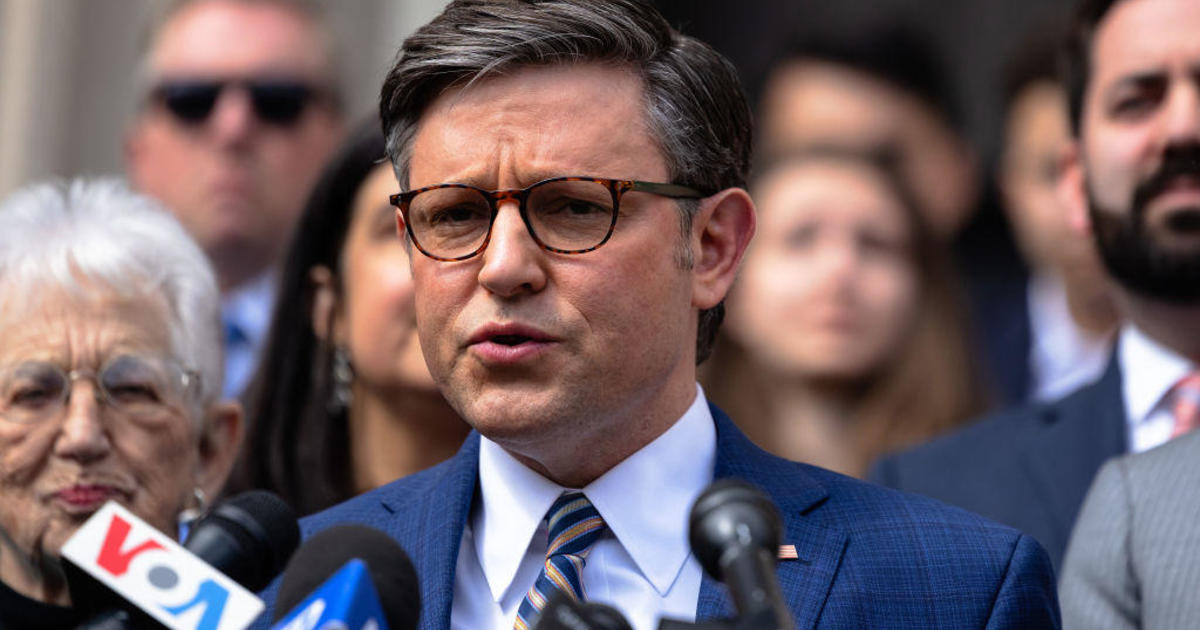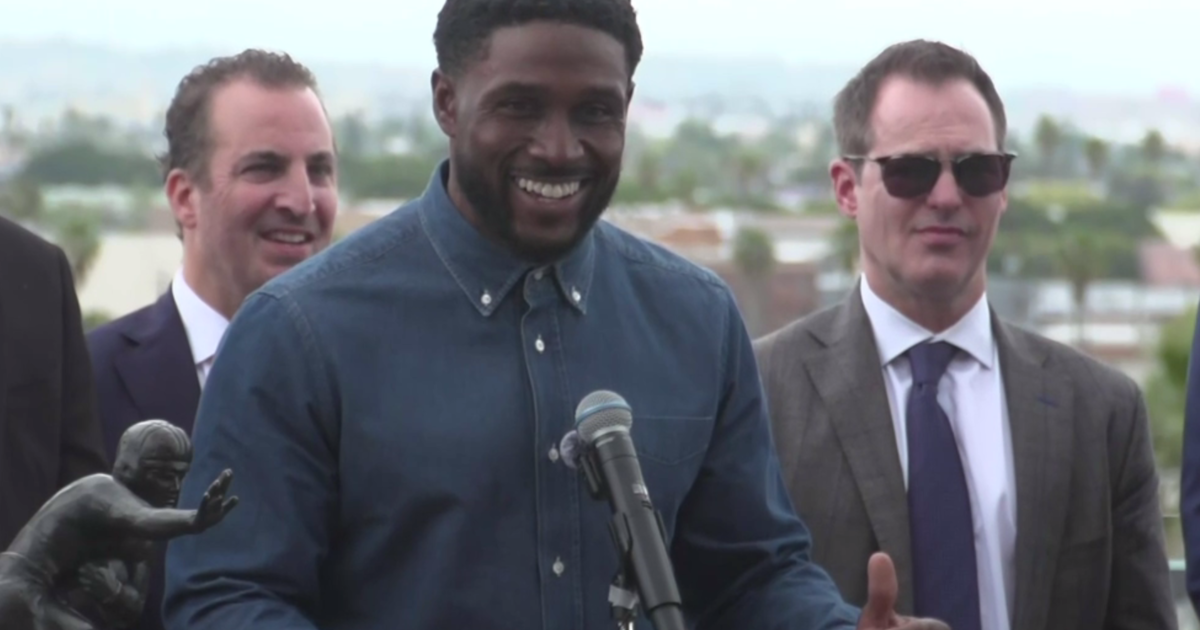Mumps cases at a 10-year high, colleges hard hit
Mumps cases are on the rise in the U.S., and a growing number of schools and college campuses are reporting outbreaks.
A recent U.S. Centers for Disease Control and Prevention report shows that mumps are at a 10-year high. As of November, 45 states and the District of Columbia had reported a total of 2,879 mumps infections — more than double the mumps cases reported in 2015.
“From year to year, the number of mumps cases ranges anywhere from a couple hundred to a couple thousand cases -- 2016 is an up year for us,” Dr. Manisha Patel, team lead for mumps at the U.S. Centers for Disease Control and Prevention, told CBS News. Patel is also a pediatrician in Atlanta.
Colleges seem to be especially hard hit by the contagious virus. The University of Missouri’s Columbia campus is among several colleges reporting outbreaks this year. The school said it’s identified 193 cases of mumps since the start of school in late August.
“Most of the students are reporting associations with friends who have mumps, Greek organizations, or interactions in local bars,” the university said in a press statement released on December 7.
The university has asked student groups to cancel non-mandatory social events as the semester winds down, according to Inside Higher Education’s online news.
Typically, two doses of vaccine are recommended by the American Academy of Pediatrics and the CDC, but the school is asking students to get a third measles-mumps-rubella (MMR) vaccine “based on discussions with public health officials.”
At the State University of New York in New Palz, there have been 63 confirmed or probable cases of mumps reported to the New York State Department of Health since October. More cases are also under investigation. They’re holding a vaccination clinic for unvaccinated students and also encouraging students who need a third shot to get it, too.
“There is increasing evidence that a third dose of the MMR vaccine will help raise immunity among the students who have not yet been exposed, and help prevent the further spread of mumps on the campus,” New York State Health Commissioner Dr. Howard Zucker said in a press statement.
“We are also urging students to wash their hands regularly, avoid contact with people who may be sick, and immediately notify their healthcare provider if they suspect they are sick. Students who are ill should stay home from classes and social events,” Zucker advised.
Meanwhile, the number of cases has been ticking up across the country. In Connecticut, the Yale News student-run paper reported two suspected cases of mumps in late November.
Nine cases of mumps were diagnosed at Tufts University in Medford, Massachusetts, this fall, according to the Boston Globe. And at Harvard, where 66 students got sick during an outbreak last spring, four more cases have been reported this semester.
The IndyStar.com reported 65 people in Central Indiana came down with mumps last spring, most of them college students. Purdue University, Butler University, Indiana University, and Indiana University-Purdue University Indianapolis were among the campuses reporting cases.
Three cases were identified at The University of Maryland College Park campus in September, CBS Baltimore reported.
The University of San Diego reported 19 cases this past year, mostly in the spring but several more in the fall. Mumps cases were also reported recently at Cal State San Marcos and San Diego Christian College.
Why students are at risk
Why are colleges such vectors for mumps? Dr. Michael Grosso, medical director and CMO of Huntington Hospital/Northwell Health, said close quarters — dormitory living — can make it easier to pick up the virus.
“It’s spread through respiratory secretions, coughing, sneezing, close contact and sharing the same cups and utensils,” Grosso told CBS News.
But college students aren’t the only ones at risk. Mumps is also spreading among younger children.
Some communities have been affected, too, said the CDC’s Patel, including a large outbreak in Arkansas. The state’s department of health reported 2,104 cases as of Dec. 13, noting that 44 workplaces, 40 schools in six school districts, five colleges and vocational schools, and two private schools have been impacted, most in the northwest region of Arkansas.
Last week, The Seattle Times reported there have been 54 cases in the southern area of King County, encompassing a wide swath of the suburbs around Seattle and Bellevue, Washington — more than the entire state of Washington has seen any year in the last decade. The Auburn School District there told non-immunized students to stay home so they wouldn’t get the virus and go on to infect others. Public health officials sent letters to the students’ homes saying kids would only be allowed back once they had proof they’ve received the MMR vaccine. Otherwise, the students will be kept from school for at least 25 days after the last mumps case in the Auburn district.
Non-immunized children face the highest risk of infection. As of Thursday, 192 students in the Auburn district had not received the MMR vaccine. The district has 15,500 students, according to its website.
Day care centers are also places where you see outbreaks, Grosso said.
The current mumps outbreaks are concerning, said Grosso, but not nearly as bad as in the pre-vaccine era. Since the U.S. mumps vaccination program started in 1967, the CDC says the number of cases has been reduced 99 percent.
While many cases remain mild, some can be more serious. Common symptoms of mumps can include swollen salivary glands and swollen cheeks and jaw, pain with opening and closing the jaw, fever, fatigue, headache and earache.
“Most individuals recover uneventfully from mumps, however as many as 10 percent of males who get mumps will get an inflammation of the testes which can lead to permanent sterility,” Grosso said.
The brain can be affected, too. About 1 percent of people who come down with the mumps get serious brain infections and can experience meningitis, encephalitis and deafness associated with a brain infection.
“That small risk was behind the original impetus to create a vaccine,” Grosso said.
To help avoid the mumps:
- Cover your cough or sneeze.
- Wash your hands often with soap and water, or use an alcohol-based hand sanitizer.
- Don’t share food, drinks, cups or utensils.
- Avoid exchanging saliva with others.
And get vaccinated, said Grosso. No vaccine is 100 percent protective, he explained, but it can help you avoid the risk of serious illness and lifelong health issues.
“Receiving two doses of mumps vaccines is said to confer about an 88 percent reduction in risk of getting mumps if you’re exposed,” said Grosso.
The American Academy of Pediatrics recommends the first dose of MMR vaccine should be administered between 12 and 15 months of age, and the second dose between 4 to 6 years of age.
Patel said the CDC doesn’t recommend for or against a third dose of mumps vaccine, and that for now they’re working closely with individual states experiencing outbreaks to determine vaccination needs.
“We have a couple of studies going on and we’re working with external experts to collect data to see if we should recommend a third dose,” said Patel.
Grosso said, “Being immunized late is better than not being immunized ever. But being immunized late is not nearly as good as being immunized on time.”




